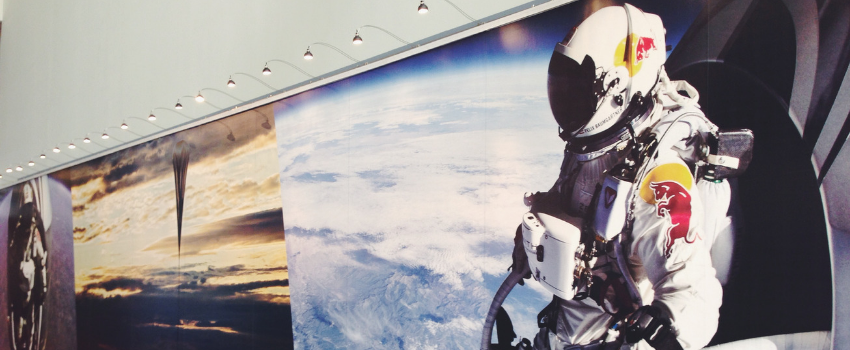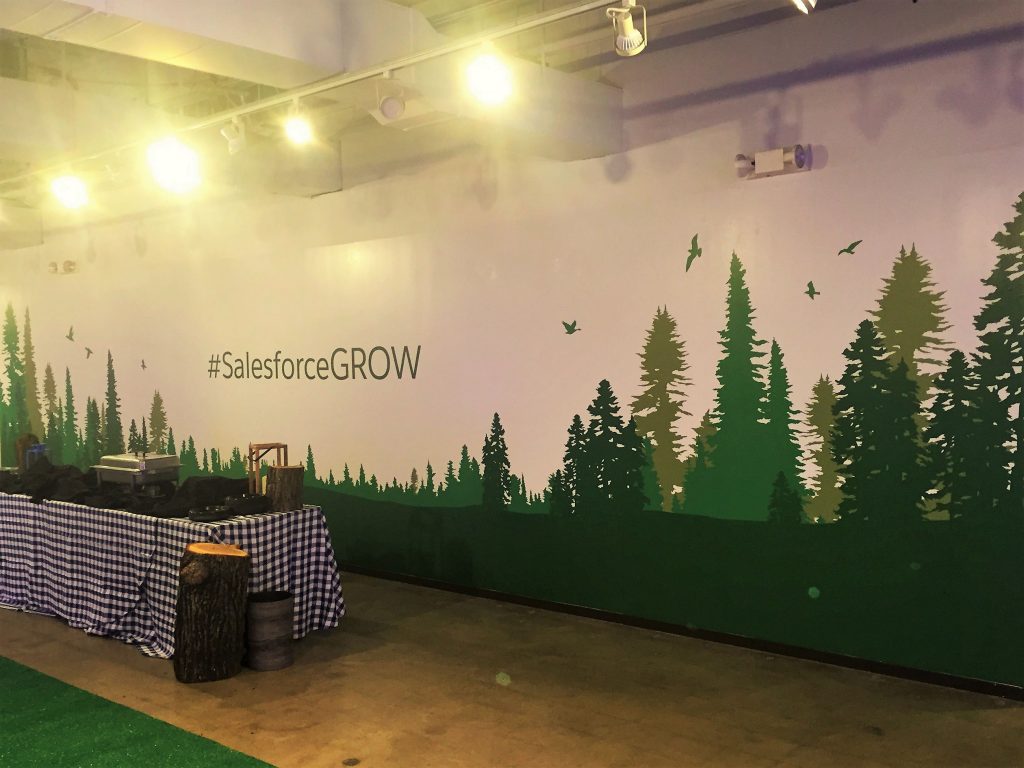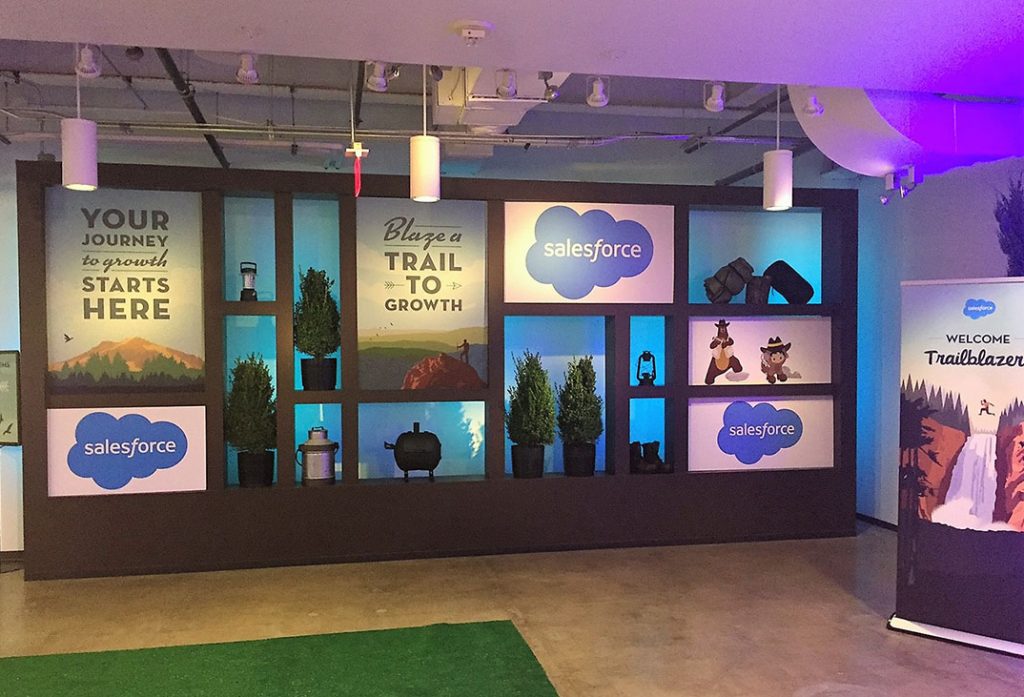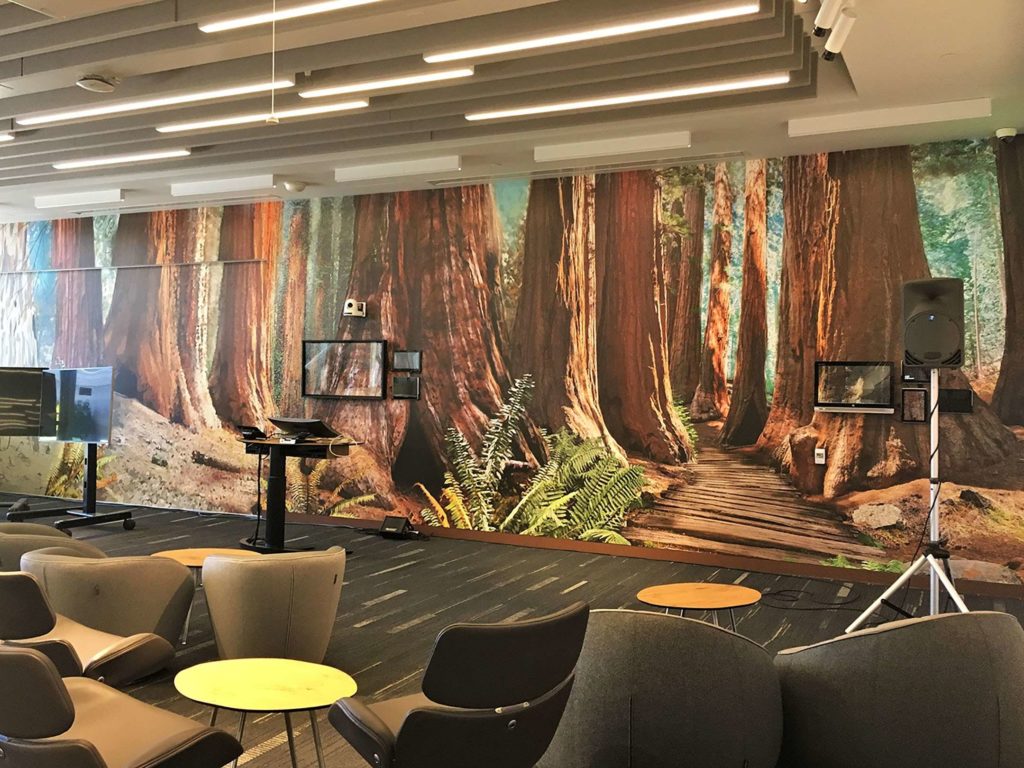
How to Prepare Your Images for Large-Format Printing
JUNE 6, 2019|Categories
GraphicsWhether it’s a simple poster or sweeping 50-foot banner, every memorable large-scale visual shares one thing in common – picture-perfect photos and imagery.
Showcasing your brand with large-format graphics is a sure-fire way to capture the attention of countless passersby, but capturing the right images to market your brand can be a bit more difficult.
With large-scale graphics, you need to make sure those images will be just as vibrant and sharp when they’re stretched to larger-than-life-size proportions.
So, how do you make sure your masterpiece will still look its best when it’s hot off the [large-format] press?
Here are some factors you should consider when submitting your photos to a print solutions provider, so you can set them – and your business – up for success:
What’s the Right Size and Resolution?
First and foremost, you need to make sure your images match the right specifications needed by the print solutions provider. More often than not, the print vendor will give you their preferred specifications, but some of the terms can be confusing.
Pixels per inch, or PPI, is the standard measurement for image resolution. An image’s PPI refers to the density of pixels per square inch of space they occupy. The higher the PPI, the higher an image’s resolution – and the sharper your image will look as a large-format graphic.
You may want to ask your print solutions provider about their PPI preferences, but as a general rule of thumb, most commercially printed materials have roughly 300 PPI. This is also the standard benchmark for the minimum number of pixels per inch that create a large-scale, high-resolution image.
Conversely, many smaller photos, including most of the images you’ll find on the internet, are 72 PPI. This is why an image may have become pixelated and blurry when you’ve tried to enlarge it on your computer screen.
Higher resolutions allow for photos to be enlarged with less pixelation, because the more pixels per inch, the less each pixel is distorted when the full image is enlarged.
How Do I Account for the Image’s Viewing Distance?
Depending on the venue and nature of each large-format graphic, audiences will view the images from different distances.
For example, just as you look at a phone screen closer than you would a TV screen, there will also be variation in your audience’s proximity to an image on a menu versus a billboard.
Viewing distance and audience proximity are other important considerations for large-format graphics since understandably, larger viewing distances will also require larger images. And, as images are enlarged, their effective resolution decreases.
At the same time, however, the larger the viewing distance, the lower an image’s effective resolution can be. A photo that’s 300 PPI in a magazine would only be 14 PPI when stretched across a 15-foot banner.
That’s because while a photo may appear pixelated close-up, it looks perfectly fine when viewed across a room – and in order to enlarge the photo, the number of pixels per inch will inherently decrease.
Although 300 PPI is the general industry standard, your print solutions provider will be able to tell you if you can get by with a lower resolution.
Which File Format Should I Use?
There’s a vast number of image file formats out there, so finding the right one for your needs can quickly turn into an overcomplicated endeavor. Here’s a quick overview of some of the most practical formats available:
- JPEG – Jpeg files are the most commonly used option, and the format uses a process called lossy compression to shrink an image’s file size. The more you edit and resave a JPEG, the lower the quality of the image becomes since each edit raises the likelihood of compression artifacts being introduced. As long as the size and resolution of the photo remain high, the JPEG format is perfectly fine to use for most all your photo needs.
- TIFF – The TIFF, or tagged image file format, is used when image quality is paramount and file size is not a concern. This is the preferred file format for a lot of professional photographers since it uses something called lossless compression. While the file size remains higher than a JPEG, TIFF files can be edited and resaved as many times as you like – without degrading the image quality or introducing compression artifacts.
- PNGs and GIFs – The PNG, or portable network graphic, and GIF, graphics interchange format, types should be avoided for the most part. Both of these file formats are designed for digital use instead of print.
Where Can I Find a Provider to Print My Large-Format Graphics?
Whatever your large-format printing needs, the experts at SpeedPro can help.
Whether you’re looking to build your brand identity, upgrade your customer experience or achieve countless other business goals with large-scale visuals, our experts can guide toward the best outcome possible.
By creating, printing and installing custom-made large-format graphics, SpeedPro studio owners offer you a fully personalized solution to accomplish your unique business objectives.
To learn more, find a SpeedPro studio near you today.



















